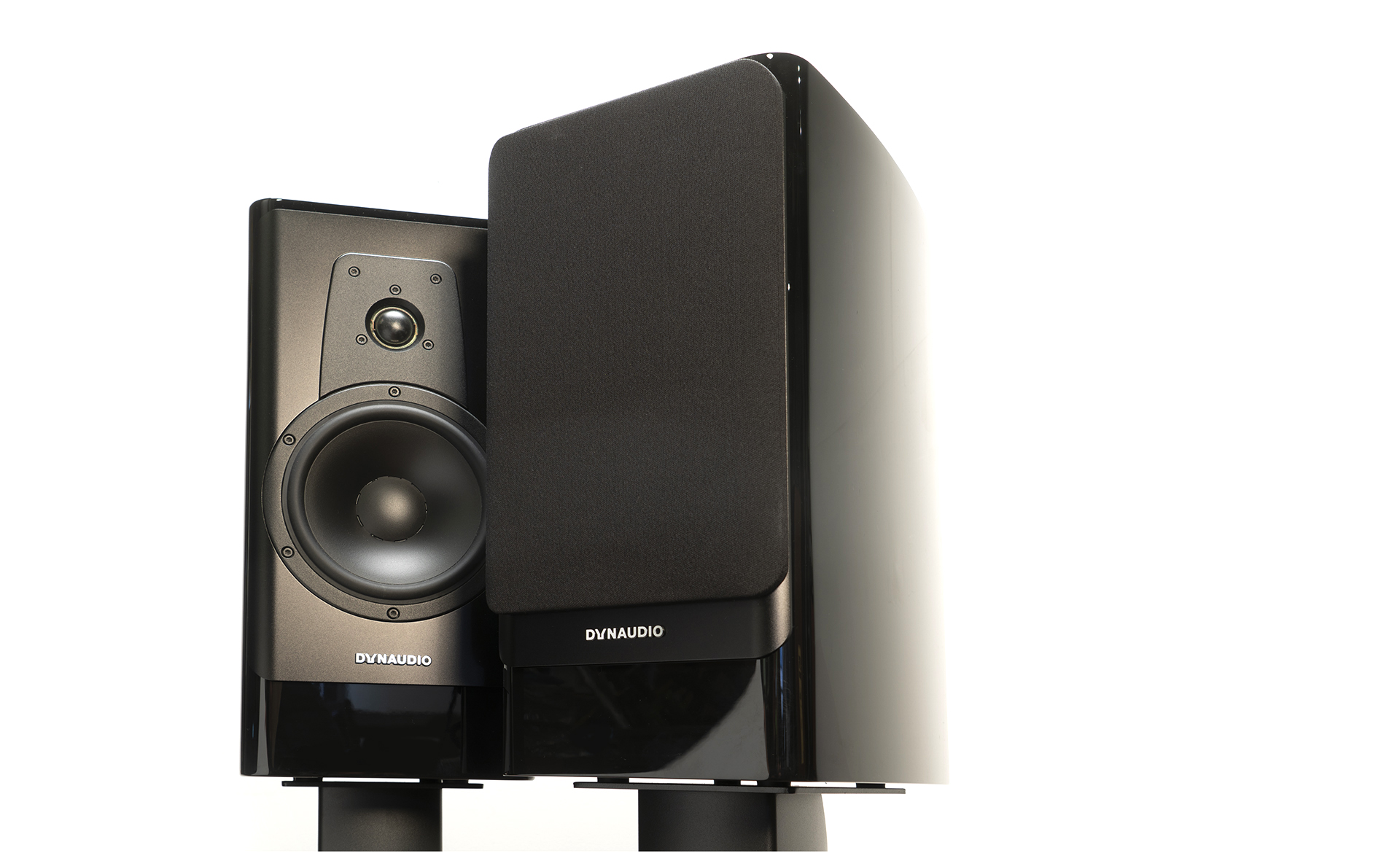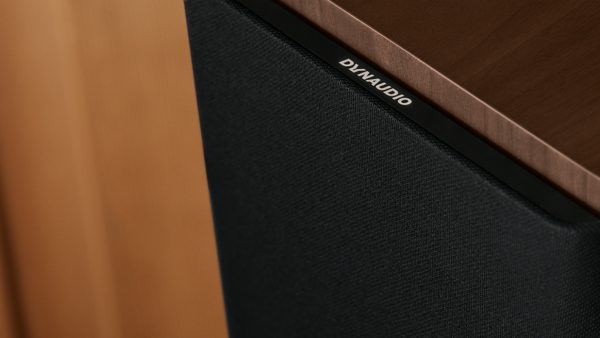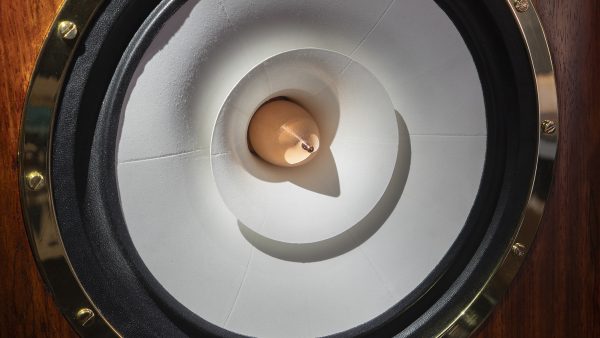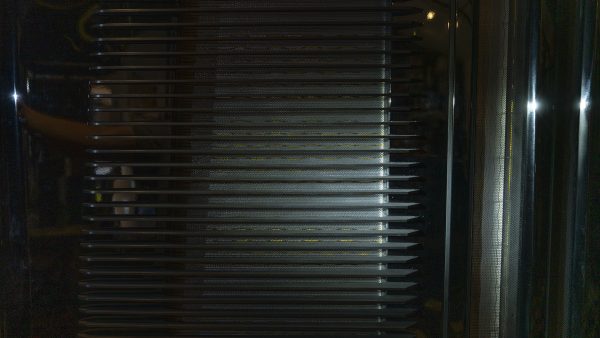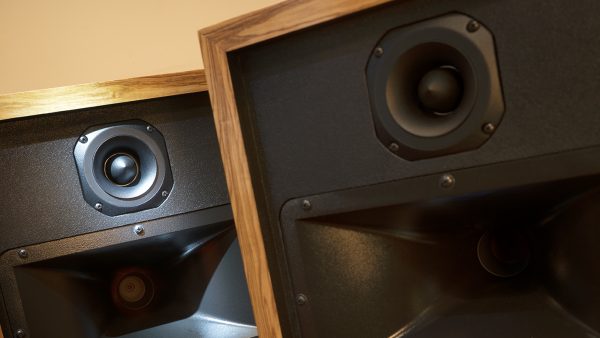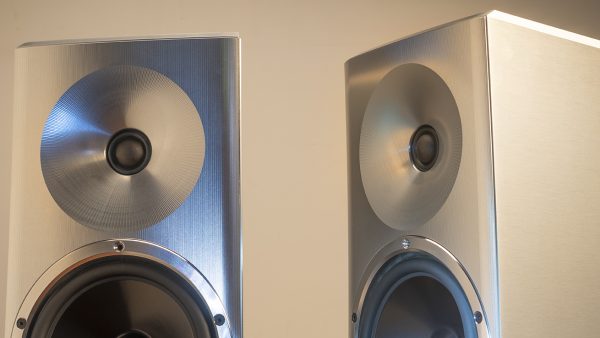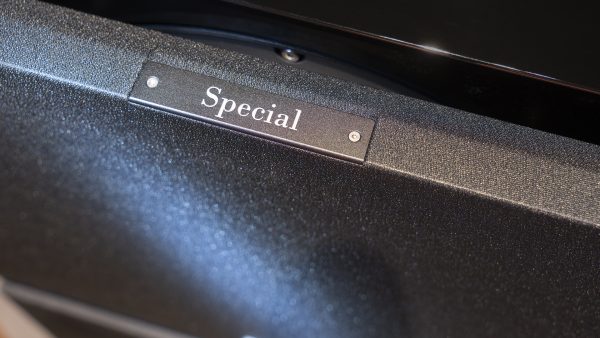I’m not usually a fan of nearfield listening, but as good as the new Contour 20 Black Edition is in a room, these are stellar speakers for a desktop system. Thanks to my desk being out in my space, these speakers aren’t just sitting on the desk. (I’m sure they would overpower that situation completely) They are still seeing the entire 24 x 36-foot room in one aspect.
Listening to the MoFi Gold CD of Jeff Beck’s Blow by Blow is expansive. The soundstage is massive in every direction, thanks to no desk and immediate room boundaries. Driven by a modest system consisting of the PrimaLuna EVO100 and a Naim CD5Si—Studio One power, speaker, and interconnect cables courtesy of Audience, I’m not only a believer but also becoming a convert to the whole nearfield thing.

It’s a bit wonky set up about 6 feet apart, as you can see from the photo. Still, I wanted to get as many hours on the speakers as possible, so this was a fun way to explore listening in a way I don’t usually do. Those with eagle eyes will notice I did not begin listening on the Dynaudio Stand 20s; however, the stands from my other small speaker reference – the YG Cairn – are equally massive and the same height. I suggest the Dynaudio stands as with other small Dynaudios we’ve reviewed. They match the speaker aesthetic, are easy to put together, and you can fill them with whatever you like to give them additional mass. (again, highly recommended and Dynaudio even includes a plastic liner for tidiness!)
What’s inside
Although they look similar to the standard issue Contour 20i, the Contour 20 Black Edition features a new 7-inch MSP woofer and the Esotar3 soft dome tweeter (the same tweeter used in their top-of-range Confidence series speakers), and the crossover network is upgraded substantially from the standard Contour 20i, which also uses an Esotar2i tweeter. The cabinets are identical between the models, save for some modifications to fit a new, larger port.
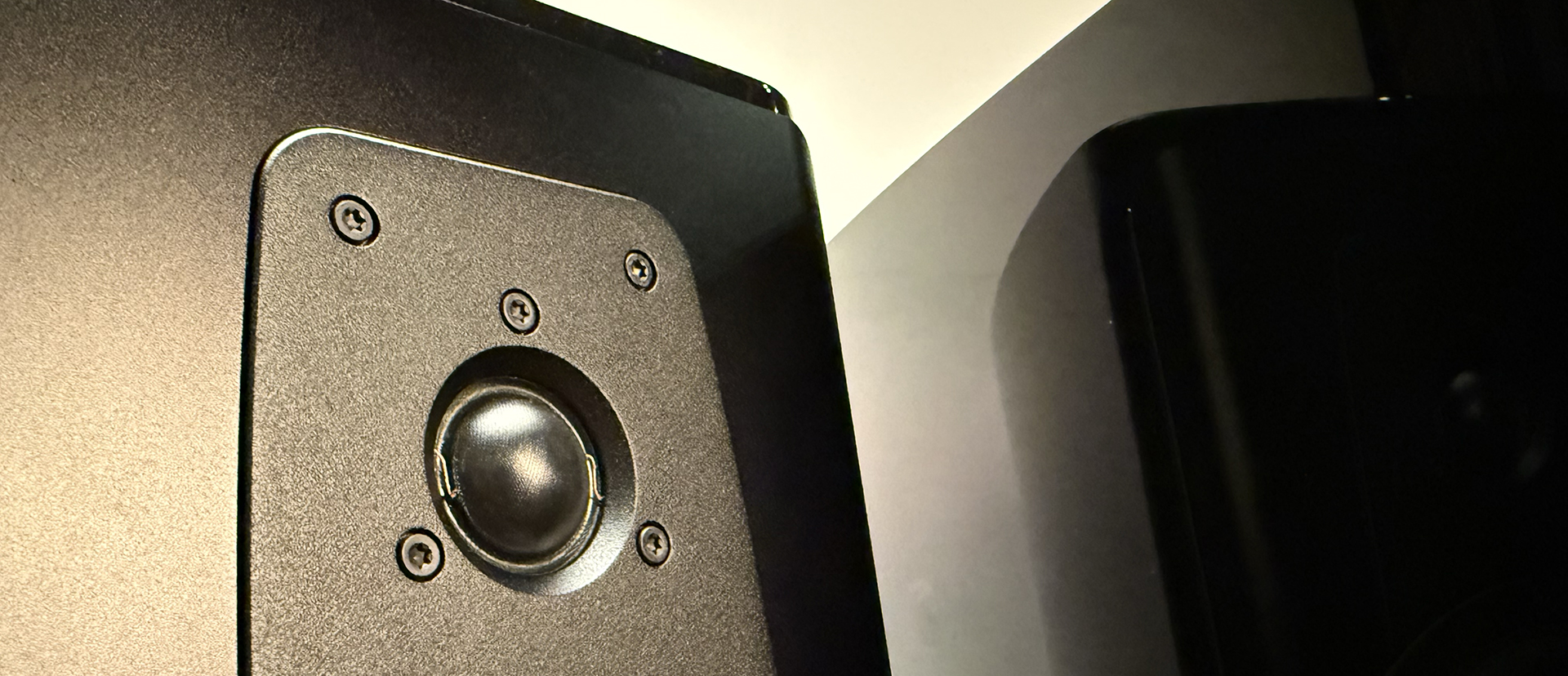
I’m told production and release was delayed to get that new woofer just right to match best with the Esotar3 tweeter. After trying to tweak the existing Contour 20i woofer, it was decided to design a new woofer from scratch, and the end result uses a neodymium magnet for additional sensitivity and control (again, like what’s used in top-of-range Confidence). This allows the crossover to be simplified – and feature better, more expensive components – and a higher crossover point (2200Hz for the 20i vs. 3600Hz for the BE), which allows the BE to play louder with greater dynamics.
That said, with no 20i on hand for a direct comparison, I’ll have to trust the engineers at Dynaudio. As it used to say on Dynaudio boxes, “Danes never lie.” As a long-time Dynaudio owner, they’ve never steered me wrong. The BE also has a larger, flared port than the 20i, which contributes to a more solid bass response and, again, better mid-bass response.
Setup and amplifier choices
These speakers work well in nearly any size room. A lot of listening was done in my 13 x 18-foot living room, with and without a REL S/510 subwoofer. As mentioned in the Confidence 20 review, Dynaudio makes an excellent sub to go with these speakers; one was unavailable for the review. Of course, Dynaudio does not want you to think that a subwoofer is necessary to enjoy them – and it isn’t. My current living room reference, the Dynaudio Focus 10 (you can read that review here), was moved out, and the BEs moved into almost the same spot to start. Due to the larger woofers in the BEs and the lack of DSP (the Focus 10s are powered, with adjustable DSP for proximity to the wall), they ended up about 6 inches further out from the room corners.
Several different amplifiers were used, along with the BAT VK-80t preamplifier and Aqua Hifi LaScala DAC, all with excellent results. A Java Double Shot Class D amplifier (200wpc), the BAT VK-90 tube power amplifier, and a pair of Pass XA60.8 class A solid-state amplifiers made great choices. The BEs have more than enough resolving power to easily discern the difference between amplifiers and possess an overall tonality that is a bit on the tonally saturated side. As do all of their speakers. Spoiler alert: I own two pairs of Dynaudio speakers and have used them extensively over the years as reference components; I admit to being a Dynaudio fan.
My living room is lively, with hardwood floors, a couple of large windows, and minimal furnishings. In this situation, the warmer sound of the all-tube, all-BAT setup made for the optimal balance (for me) in this room. Out in the studio (24 x 36 feet) with a more neutral acoustic environment, all three types of amplification were just fine – again, this will depend on your ultimate sonic preference. It’s also worth noting that these speakers made an outstanding match with the CH Precision I1 integrated, which we just finished reviewing.
More Listening
Once optimized, on the Dynaudio stands, and about 100 hours of break-in time out of the way, serious listening began. Out of the box, the BE sounds good. Still, after about 50-100 hours of continuous, moderate-level listening (with bass-heavy material), they offer a smoother top end and tighter, more extended bass. I began every day listening to “Bug Powder Dust” from Kruder & Dorfmeister, and by the end of the week, more bass extension and detail were certainly on tap.
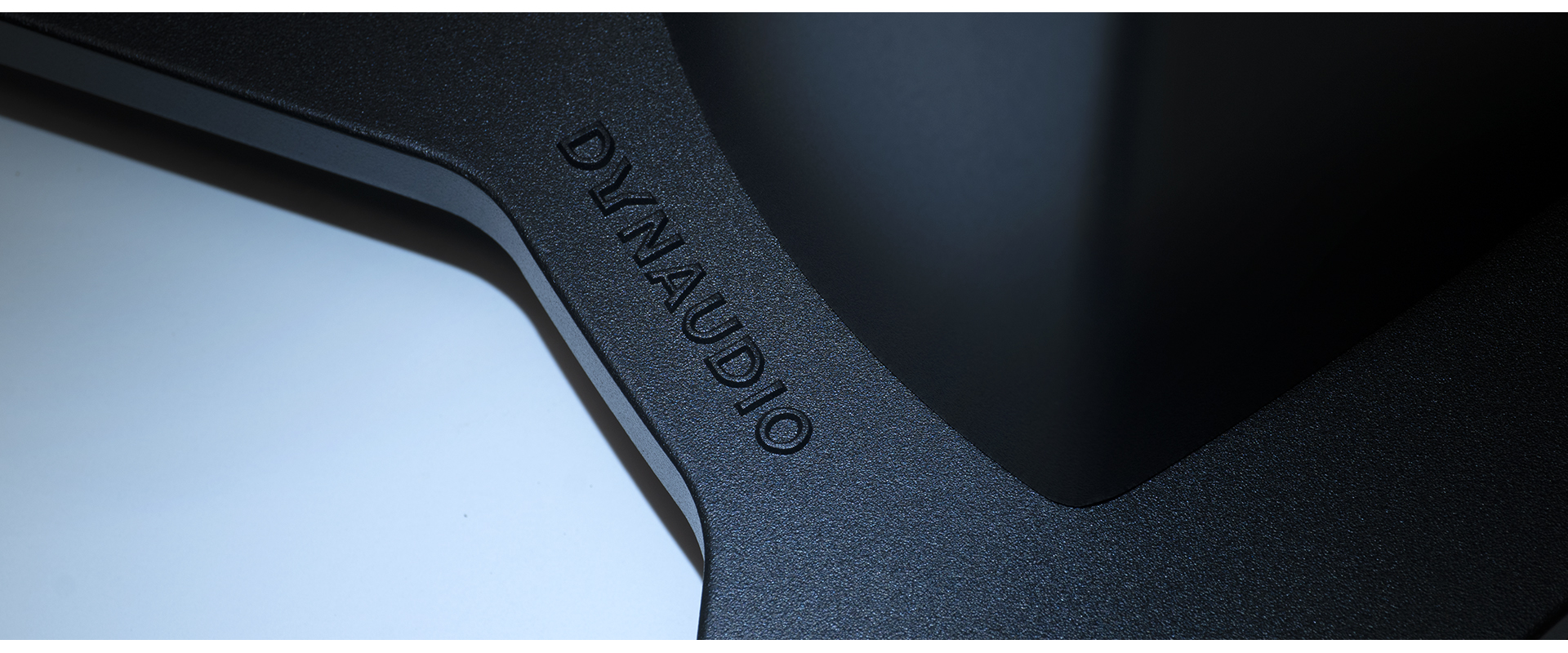
While some people talk about their partner walking in the room and noticing how awesome the speakers sound, I’ve found my dogs are really sensitive to playing “Seamus” from Pink Floyd’s Meddle or the track of Art Dudley’s Dog on the original Stereophile Test Disc. Not that this is a terribly scientific test, but when we all find a speaker tonally neutral (as the Dynaudios have always been), the dogs respond to these tracks, barking as if there’s another dog in the room. On some speakers, not so much. Crazy.
Despite not having canine hearing, I concur with Lucy and Ricki that the BEs have a natural sound. Playing through a long list of vocalists and acoustic tracks, these monitors do an excellent job with tone and timbre. Yet when called upon to deliver the goods with heavier tracks, they have excellent dynamic range. These speakers played much louder than I needed to listen to music without any hints of fatigue or soundstage collapse. I’m not arguing with these two over choice of speakers or chew toys…
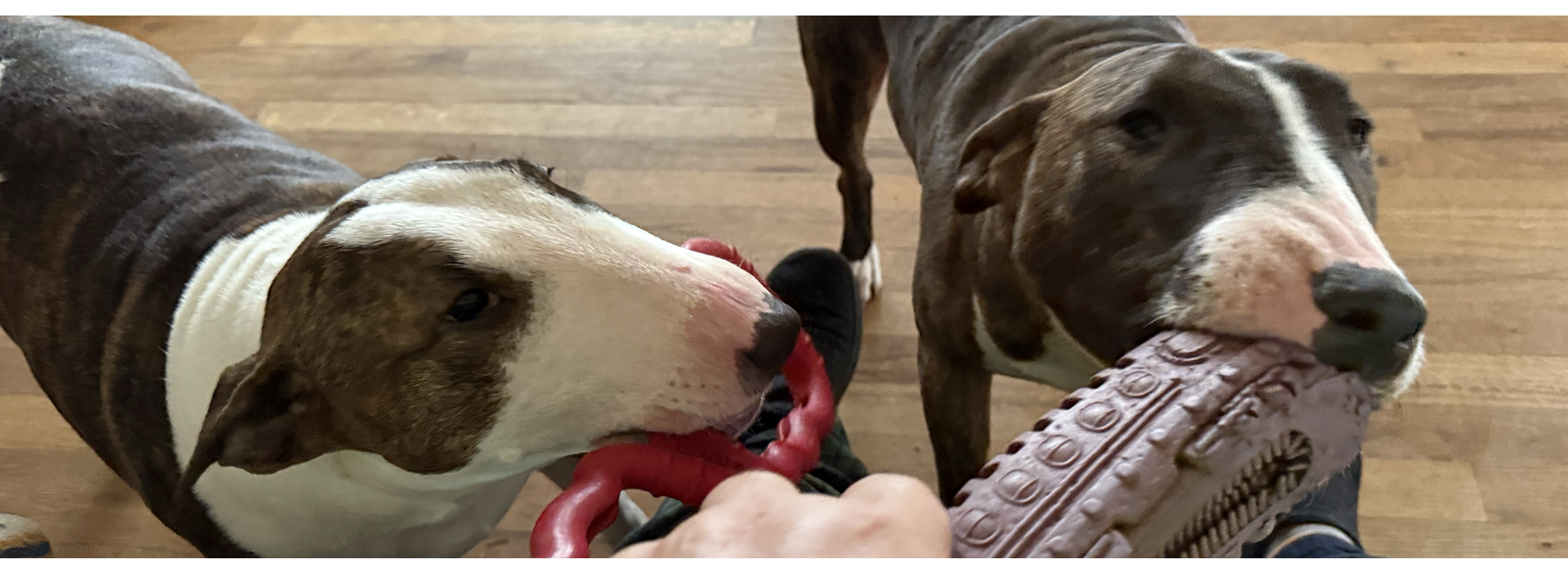 At the opposite end of the scale, they will also play quietly and deliver engaging results. Not all speakers can accomplish this. Though they have a sensitivity spec of 86dB/1-watt, they present a stable impedance whose minimum is 4.6 ohms, so 30-ish watts per channel is more than enough for anyone not needing ear-splitting levels. The simplicity of a two-way speaker comes in real handy here. At modest listening levels, my Finale 300B SET amplifier with WE 300Bs even made for an alluring combination, as this did in the 11 x 14-foot rear bedroom in our place. You can click HERE for the full list of specifications.
At the opposite end of the scale, they will also play quietly and deliver engaging results. Not all speakers can accomplish this. Though they have a sensitivity spec of 86dB/1-watt, they present a stable impedance whose minimum is 4.6 ohms, so 30-ish watts per channel is more than enough for anyone not needing ear-splitting levels. The simplicity of a two-way speaker comes in real handy here. At modest listening levels, my Finale 300B SET amplifier with WE 300Bs even made for an alluring combination, as this did in the 11 x 14-foot rear bedroom in our place. You can click HERE for the full list of specifications.
Bass is abundant and well-defined. Dynaudio lists the lower cutoff frequency (-6dB) at 43Hz. Yet, you can cheat this a bit with careful corner placement in a smaller room. The lowest frequencies are magnificently expressed on all but the most driving hip-hop and electronica. The 7-inch woofer is fast, delivering plucked bass notes with tremendous detail and the necessary weight. I think I hear some bull terriers in the distance…
That Esotar3 tweeter has to be one of the world’s finest. Cymbals have the correct amount of bite, shimmer, and decay, and the upper midrange/lower treble range delivers vocals so clean that you might think you’re at the BBC. Yep, that good.
The cost question
So, suppose you are considering a compact Dynaudio speaker. In that case, the question is: Contour 20i at $5,750 a pair, Contour BE at $8,000 a pair, or the Confidence 20 at $13,000 a pair. This is a tough one, and beyond your actual budget, I submit the real questions are your ultimate system goal, room size, and whether you intend on adding a subwoofer or not.
Having used the Confidence 20 for a couple of years now with excellent results, it’s safe to say that the more complex design of the C20, in part due to its more advanced enclosure design, downward-firing port, and use of the Compex foam composite material for the front baffle, will ultimately resolve more fine musical information and is worth the extra cost, especially if you are planning on pairing your speakers with some of the world’s finest electronics.
However, if your system goals are a click or two down from that – the BEs are definitely the winner of the price/performance trophy. Even if you are starting out with modestly priced amplification and source components, the BEs give you plenty of room to grow should you want to upgrade said components later on in your audio journey.
All three of these speakers are so good that I know it would be tough to make a decision. It’s best to stop by your Dynaudio dealer for advice and an audition, and decide for yourself. We’re happy to award the new Dynaudio Contour 20 Black Edition one of our Exceptional Value Awards for 2025.
 The Dynaudio Contour 20 Black Edition
The Dynaudio Contour 20 Black Edition
$8,000/pair
Stand 20 – $598/pair

